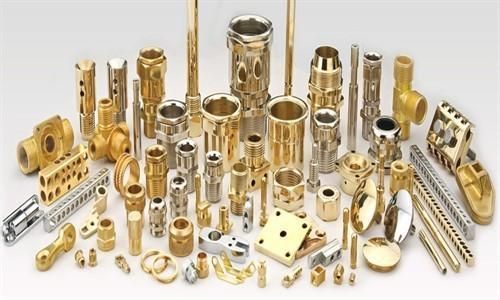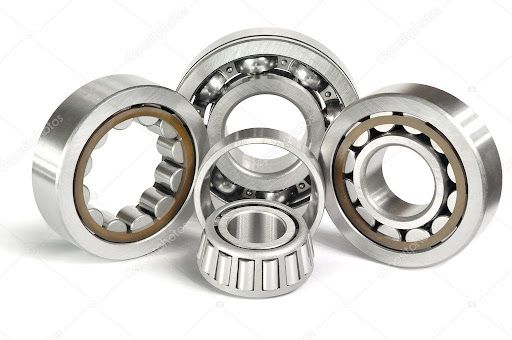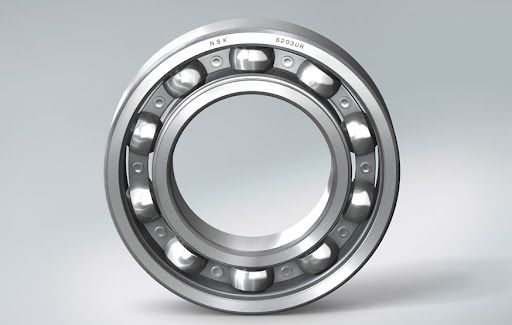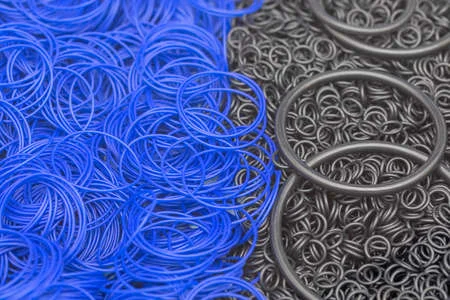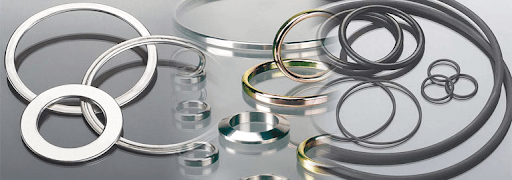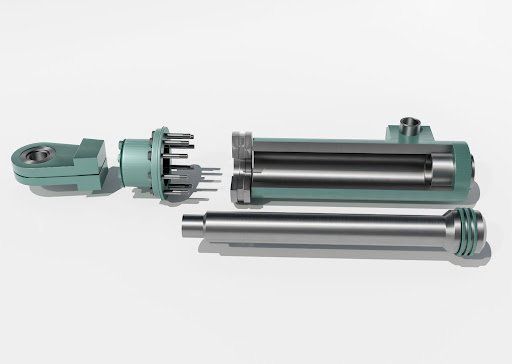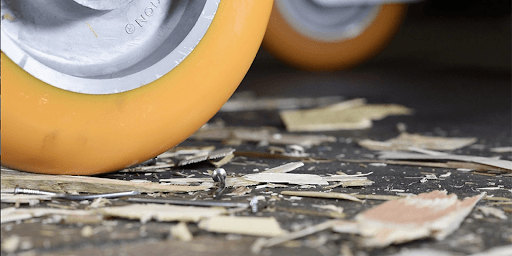How to Repair or Replace a Leaking Hydraulic Cylinder
How to Repair or Replace a Leaking Hydraulic Cylinder
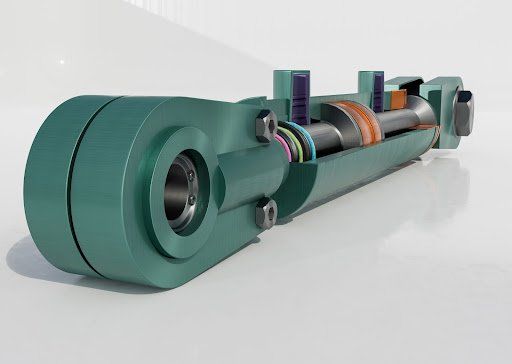
In this article, we'll talk about how to repair a leaking hydraulic cylinder. At the same time, it may seem easy enough just to replace your hydraulic cylinder seal, hydraulic seal or any other engineering component, that could result in the need for bottle replacement or an even more expensive repair that could have been avoided if you had just fixed it in the first place.
Follow the given steps to fix a leaking hydraulic cylinder
There are a few different options available for repairing or replacing a hydraulic cylinder if you discover leaking fluid. You may either choose to fix the cylinder yourself or hire a professional. To get started, please proceed with the following steps:
1. Find out where the water is coming from.
Leaks in hydraulic cylinders often originate from the hoses, seals, or gaskets. Gaskets are another frequent cause. Before moving on to any further steps, it is recommended that you first determine that the leak is caused by which of components and then take the necessary steps to correct it.
2. Fix or replace any components that are broken.
You may need to replace the complete component if the leak is coming from a hose, seal, or gasket. If the leak comes from a pipe that connects two different components, you may only need to repair or replace a portion of the pipe.
3. Perform a through inspection of all connections, and retighten as required.
After completing repairs, it is important to check for any symptoms of leaking and ensure that all connections for your engineering components are securely fastened.
4. Make sure the pressure release valve is working.
If the valve is not functioning properly, the pressure in the system will continue to build up until it reaches a point where the cylinder will burst. If this happens, the system will be damaged.
5. Take the leaky cylinder out of service and put a new one in its place.
If the cylinder is too big, it may not seal well and will leak again, if it is not properly sized. Make certain that you use only quality materials and that fits accurately.
6. Check for fluid levels
Using a hydrometer, verify that there is sufficient hydraulic fluid in the reservoir, and then check the hydraulic fluid level in the cylinder to ensure that it is at the appropriate level. A low amount of hydraulic fluid may indicate a cylinder that leaks.
7. Check all of the hoses and connections.
Check that all the hoses and connections are correctly attached and also check that they have not been twisted or kinked. If they are, then you will need to replace them.
8. Try out the pump.
If you believe any leakage is coming from the cylinder, you may test the pump by pushing down with your palm on the pump's piston; if it begins to move swiftly, then there may be an issue with the pump and it needs to be replaced.
Conclusion
If you need more information about
hydraulic cylinder seals,
hydraulic seals, engineering components or any other related topic, be sure to get in touch with Bearing Centre. Our experienced professionals are here to help you find the answers you're looking for and can provide you with the specific information you need to make smart decisions. Contact us today to get started!
We combine our years of expertise with exceptional customer service and the highest quality products. All this assures you of the best experience from start to finish.
Bearing Centre, Blantyre, Southern Region, Malawi, Africa - 312200
Website by Visionar
Subscribe to our newsletter
We will get back to you as soon as possible
Please try again later

